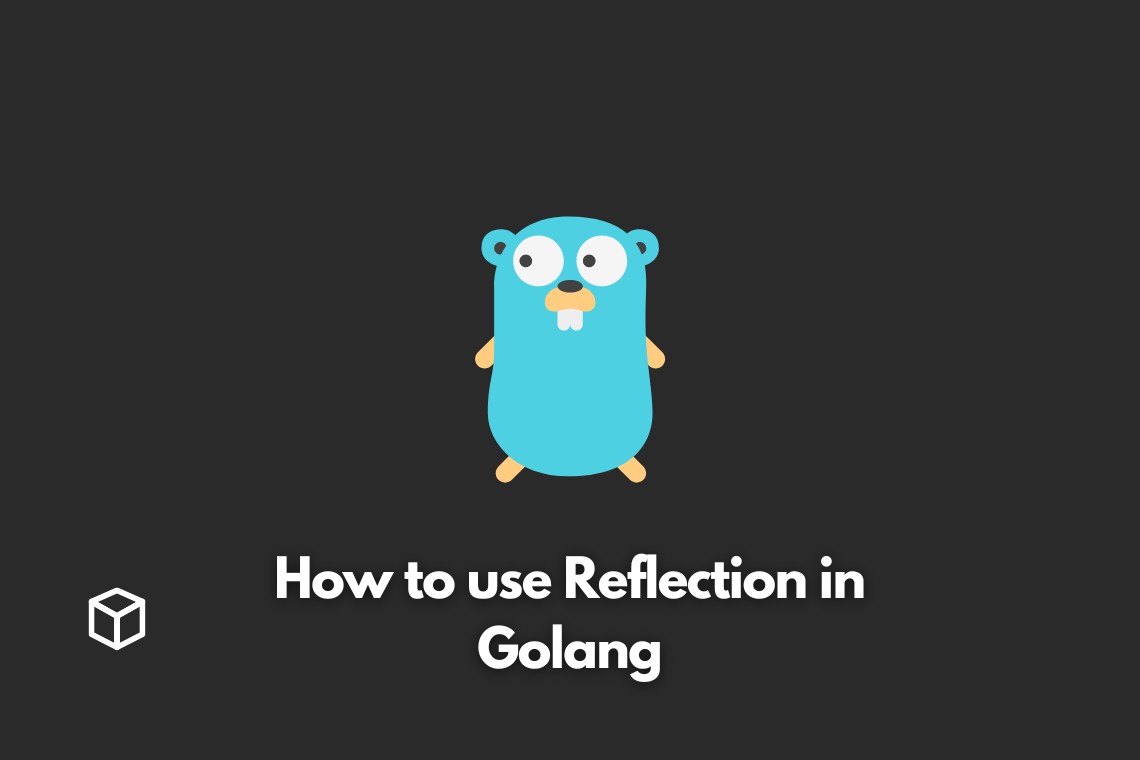Reflection is a powerful tool that allows you to inspect and modify the structure and behavior of your code at runtime.
In this tutorial, we’re gonna take a look at how to use reflection in Go to make your code more flexible and dynamic.
Whether you’re a seasoned Go developer or just getting started, this article is for you.
How to use Reflection in Golang
Alright, let’s dive into some code and see how reflection works in Go.
First, we need to import the reflect package. This package is built into Go and provides all the functionality we need for reflection.
Let’s start by getting the type of a variable.
Here’s an example of how to do that:
package main
import (
"fmt"
"reflect"
)
func main() {
x := "Hello World"
t := reflect.TypeOf(x)
fmt.Println(t) // Output: string
}
In the example above, we first declare a variable x with a string value “Hello World”, and then we use the reflect.TypeOf function to get the type of x.
The function returns the reflect.Type struct, which contains information about the type of the variable. We then use the fmt.Println function to print the type, which in this case is “string”.
Now, let’s take a look at how we can use reflection to get the value of a variable.
Here’s an example:
package main
import (
"fmt"
"reflect"
)
func main() {
x := "Hello World"
v := reflect.ValueOf(x)
fmt.Println(v) // Output: Hello World
}
In this example, we use the reflect.ValueOf function to get the value of the variable x. The function returns the reflect.Value struct, which contains the actual value of the variable.
We then use the fmt.Println function to print the value, which in this case is “Hello World”.
Reflection is a powerful tool that allows you to inspect and modify the structure and behavior of your code at runtime.
It’s a great way to make your code more flexible and dynamic.
With these basic examples, you can start experimenting and exploring the different ways you can use reflection in your Go code.
Conclusion
We hope this blog post has provided you with a good starting point for using reflection in your Go projects.
Remember, reflection can make your code more flexible and dynamic, so don’t be afraid to experiment and see what you can come up with.
And as always, if you have any questions or want to share your reflections on reflection, drop a comment below.




